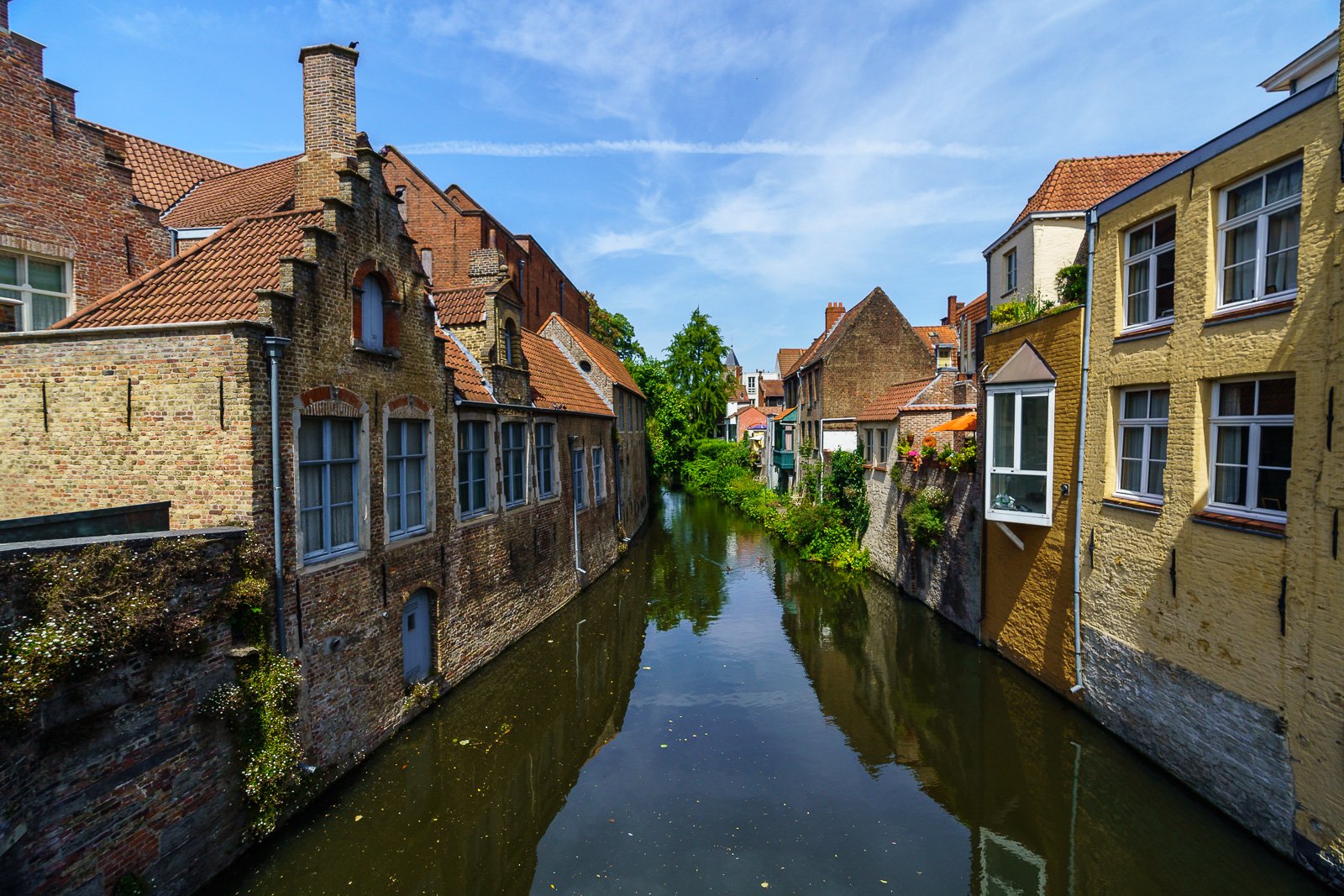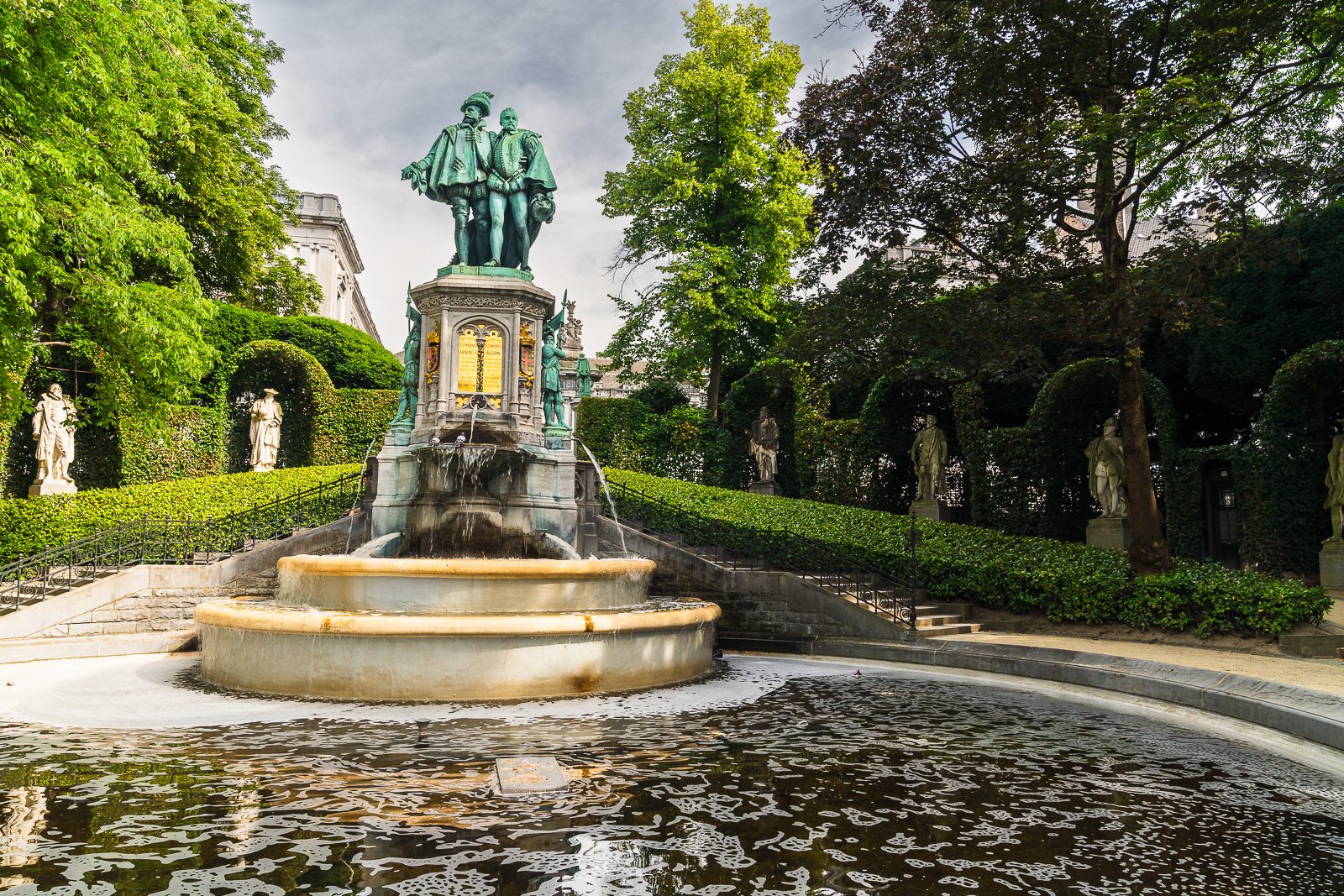
BELGIUM
Belgium is one of the last major Western European countries I've visited, and it was well worth the wait. Though Belgium is generally known for its waffles, chocolate, and beer, it also has fabulous villages, beautiful countryside, and UNESCO World Heritage Sites. Though it often gets overlooked because it's nestled between its more prominent and more famous neighbors, Belgium is a fabulous travel destination in its own right. I began my visit to Belgium in Brussels. My hotel was perfectly positioned near the Grand-Place, Brussel's opulent central square, which consists primarily of guildhalls and private residences. The Grand-Place is charming during the day but spectacular at night. Unlike other European squares, there are very few restaurants and hotels in the square; instead, locals and residents just sit in the square and catch up with friends. The atmosphere is electric. Read More...
Further afield, we visited the Gare Maritime, which was once Europe's largest railway station for goods. Several years ago, Neutelings Riedijk Architects transformed this monumental building into a self-contained city covered entirely in wood. Gare Maritime is energy neutral and fossil-free. It uses geothermal energy, reuses rainwater to water gardens, and leverages recycled and sustainable materials. Its glass facades on the front of the building include solar cells and 17,000 square meters of solar panels on its roof.
We also traversed the Parc du Cinquantenaire, a 75-acre public park in the city's eastern portion. The vast park contains gardens, waterfalls, ponds, the massive Cinquantenaire Arch, and an eclectic suite of museums, including Auto-World, a Military Museum, and an Art & History Museum.
Later in the week, we toured Brussels sites on foot. I started with a trip to the Place Du Petit Sablon, one of Brussels' finest gardens. The Garden is adorned with 48 bronze statues depicting medieval professions. The Garden sits between Egmont Palace, which is now part of the Belgian Ministry of Foreign Affairs, The Church of Our Blessed Lady of the Sablon, and the Grand Sablon, known for its pastry shops, chocolatiers.
With only one day remaining in the country, we surveyed several Belgians to get their opinion on a critical decision: Should we visit Ghent or Bruges. Two-thirds of the respondents indicated that I should prioritize Ghent over Bruges. Since the results were only partially conclusive, we decided to visit them both. we started my journey with a train ride to Bruges in the morning, hoping to beat the throng of tourists that descend on this tiny hamlet. I suspect I didn't get up early enough as the train was standing room only, and the tourists were plenty. Bruges is precisely as advertised. An incredibly well-preserved medieval town is partitioned by three winding canals. It was undoubtedly one of the most beautiful towns I've ever visited. Given all of the hype around the town, it did not disappoint.
After a late lunch, we jumped on the train and headed for Ghent. Ghent is a city in Belgium that is definitely worth a visit. The city is located in the Flanders region of the country and is known for its medieval architecture. It's much larger and cosmopolitan than Bruges but has a dynamic city center that is beautiful in its own right. we decided to walk from the train station to the city center. This was a great decision as the walk along the River Leie provides spectacular views of Ghent architecture, including the massive gothic churches: St. Michael's and St. Nicholas. The array of large row houses that line the river with their stepped gable rooftops is equally as impressive. These buildings are much larger and broader than their counterparts in Amsterdam.
We were able to visit Ghent during golden hour and was able to capture some very flattering images. Also, although it was crowded, Ghent felt less touristic than Bruges. The next time we visit Belgium, we will return to both and stay longer to get a better feel for each of these beautiful cities.










